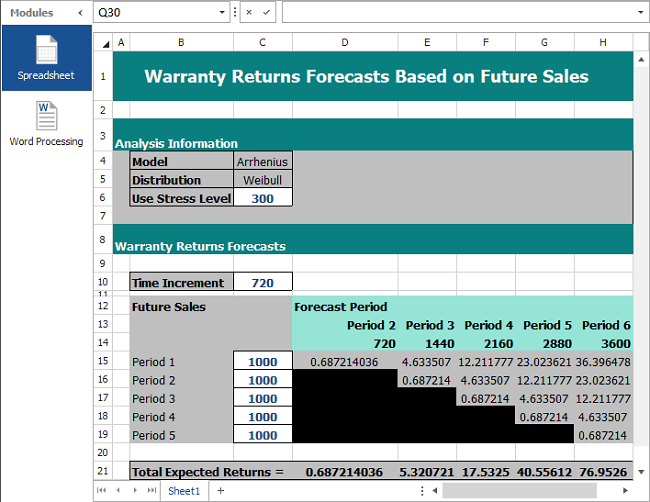arrow_back_ios
Main Menu
arrow_back_ios
A sample of units are put to an accelerated life test with three different stress levels: 353 K, 373 K and 393 K. The failure times obtained during this test are presented in the table shown next.
This information can be used to determine the following:
a) What is the activation energy?
b) Is the B10 life of 1,000 hours at a 90% lower 1-sided confidence for the use stress level (300 K) demonstrated by the test?
c) Plot the acceleration factor vs. stress for this accelerated life test.
d) Assuming that 1,000 units will be sold each month, determine the expected number of failures over the next six months so that an appropriate stock of spare parts can be kept on hand.
Step 1: Using Accelerated Life Testing or Accelerated Life Testing (PRO), the analyst creates a standard folio for failure and suspension times with one stress column for temperature (in kelvins, K), with a use stress level of 300 K. The data set is analyzed in Weibull++ using a combination of the Arrhenius model and the Weibull distribution. The results show an activation energy (Ea) = 0.465299, as shown next.
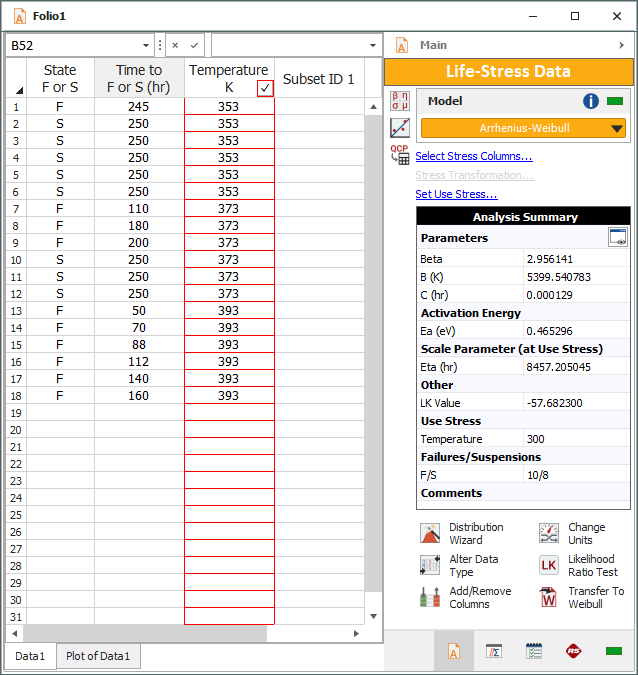
Step 2: Once the parameters have been calculated, a variety of plots, results and reports can be obtained.
B10 Life: The QCP can be used to calculate the B10 life with the specified confidence bounds, as shown next.
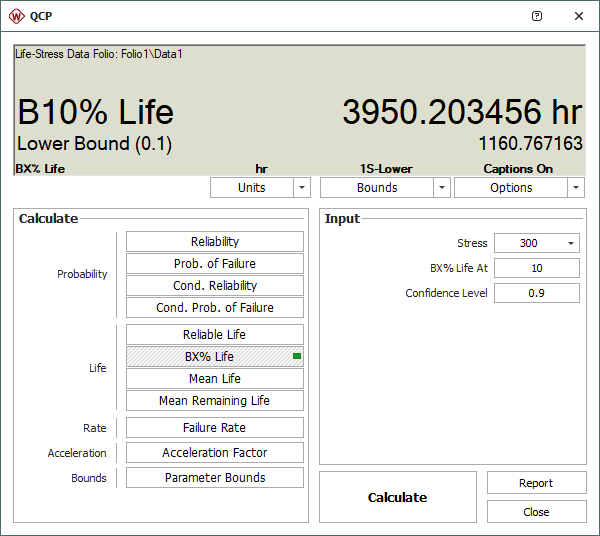
The B10 life demonstrated at the 90% lower 1-sided confidence is found to be 1,161 hours, well above the required 1,000 hours. You can also confirm that the product meets the target metric by marking the B10 target on a probability plot, as shown next (with the scaling adjusted to Y= 1 to 99 and X= 100 to 10,000).
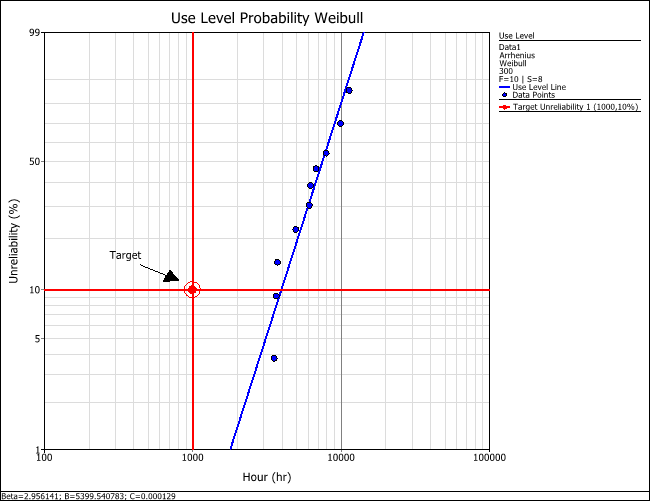
An Acceleration Factor vs. Stress plot is shown next (with the scaling adjusted to Y= 0 to 80 and X= 200 to 400).
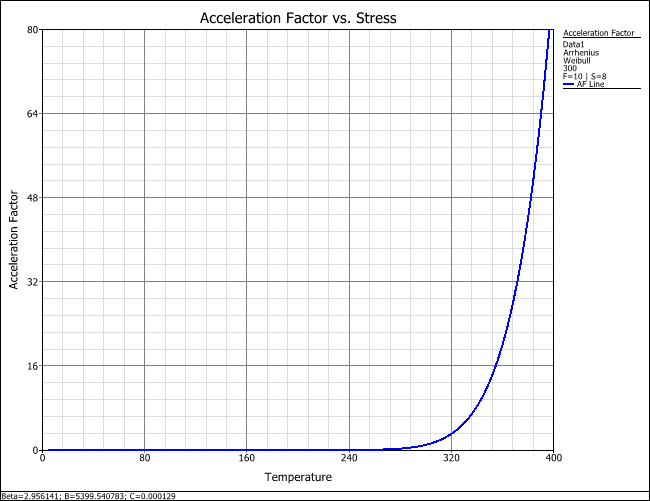
Expected Number of Failures: The analyst creates a ReliaSoft Workbook report using the data from the calculated standard folio and based on the "ALTA Warranty Forecast Template".
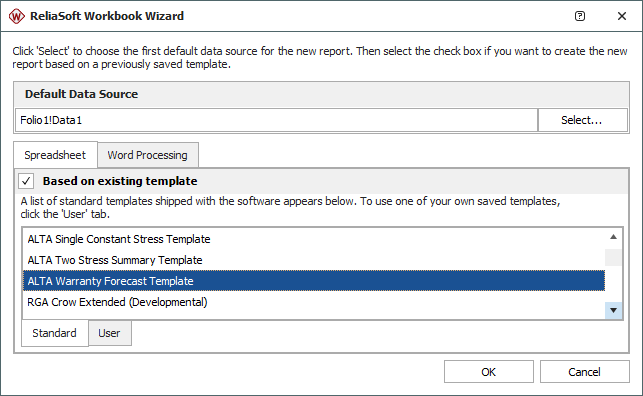
Then the following inputs are entered into the spreadsheet module of the ReliaSoft Workbook:
The final report is shown next.
